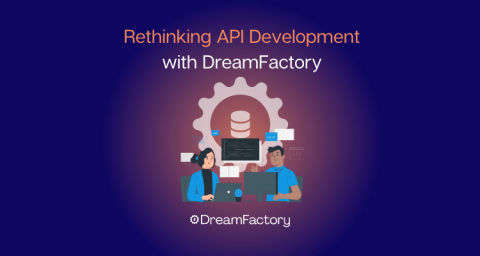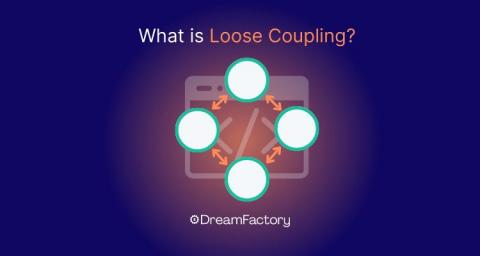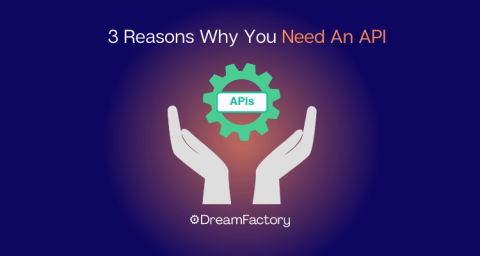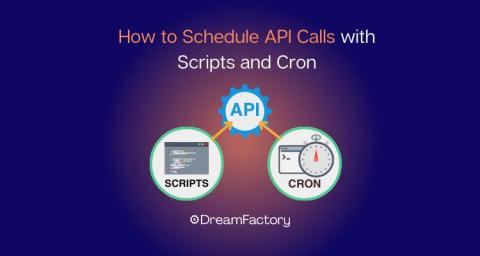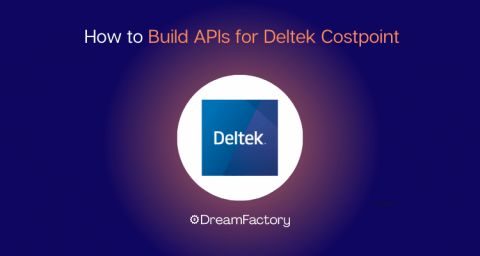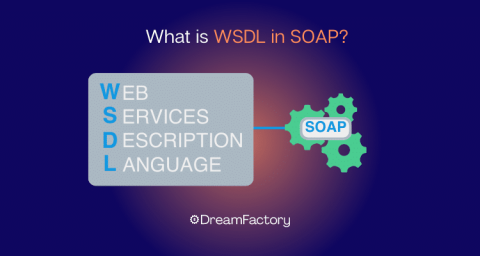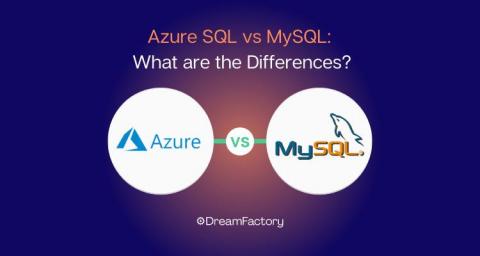Systems | Development | Analytics | API | Testing
August 2023
What Is API Gateway Authentication?
Rethinking API Development: DreamFactory's Pioneering Approach to API Generation
What is Loose Coupling in REST APIs?
Loose coupling in REST APIs is a fundamental principle in software design that advocates for the independence of components within a design, where alterations to one component have minimal impact on the functioning of others. The allure of this approach lies in its promise of flexibility, reusability, and adaptability, especially when incorporating, replacing, or modifying components. Here’s the key things to know about loose coupling in REST APIs: Table of Contents.
Asynchronous APIs: What Are the Benefits?
3 Reasons Why You Need An API
How to Schedule API Calls with Scripts and Cron
Building APIs for Deltek Costpoint | A Guide
What is WSDL in SOAP | A Comprehensive Guide
Azure SQL vs MySQL: What are the Differences?
Creating a Couchbase API in Minutes with DreamFactory
Creating a Cassandra DB API in Minutes with DreamFactory
Creating a Firebird API in Minutes with DreamFactory
ESB vs. Microservices: Understanding Key Differences
We’re delving into ESB vs. Microservices. The Enterprise Service Bus (ESB) has reigned for more than a decade as the preferred method for connecting monolithic business applications. However, with digital transformation and cloud-services rising to the forefront – forethinking enterprises are racing to achieve greater agility.




